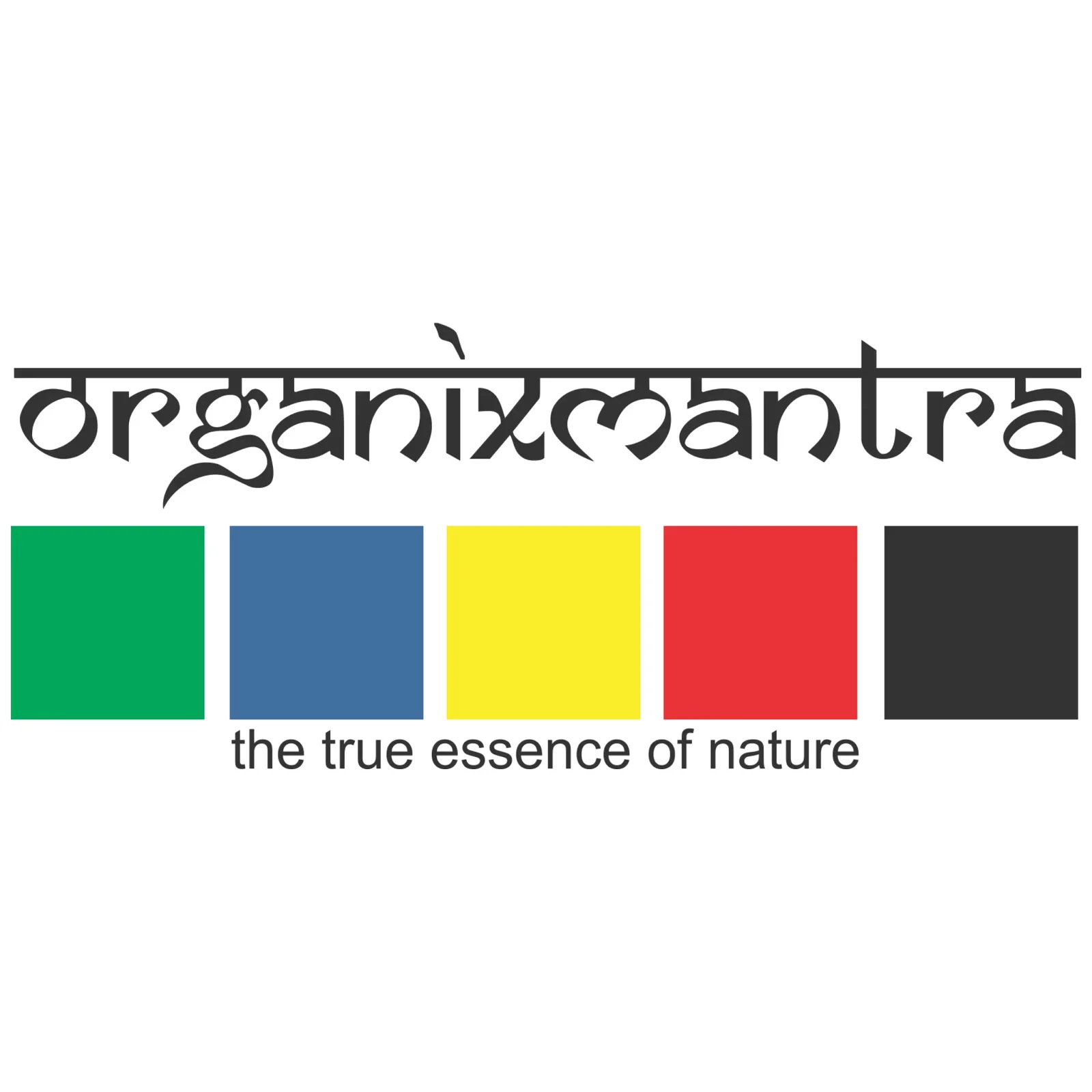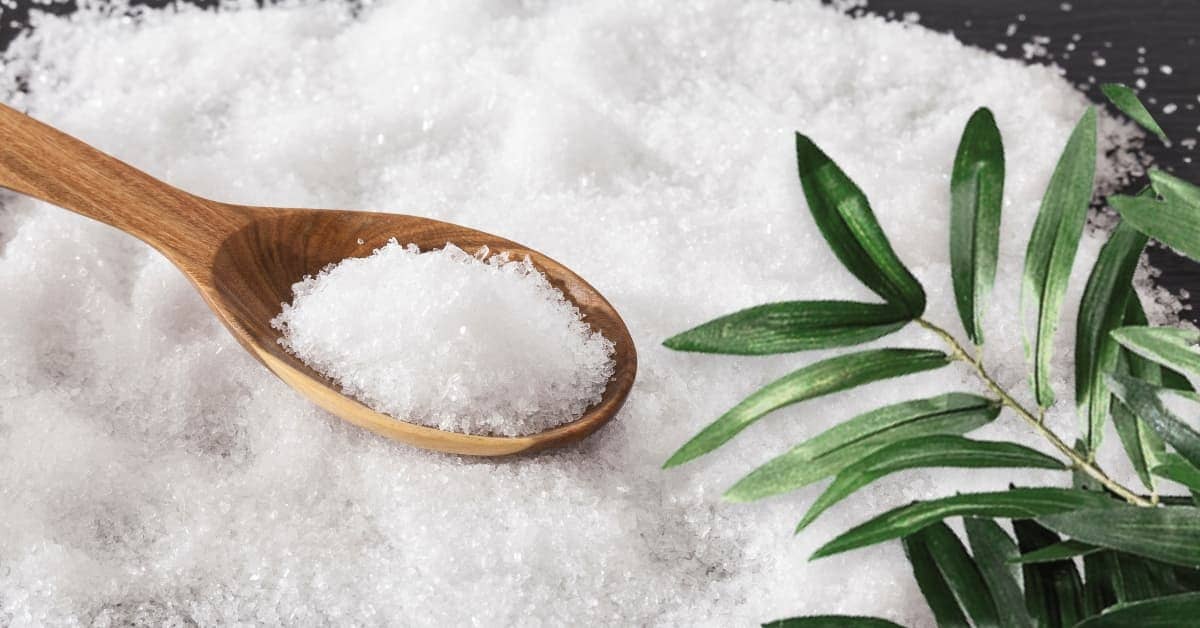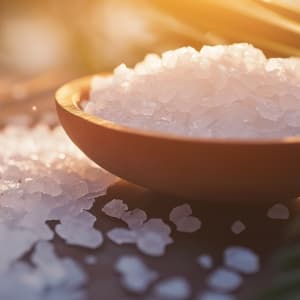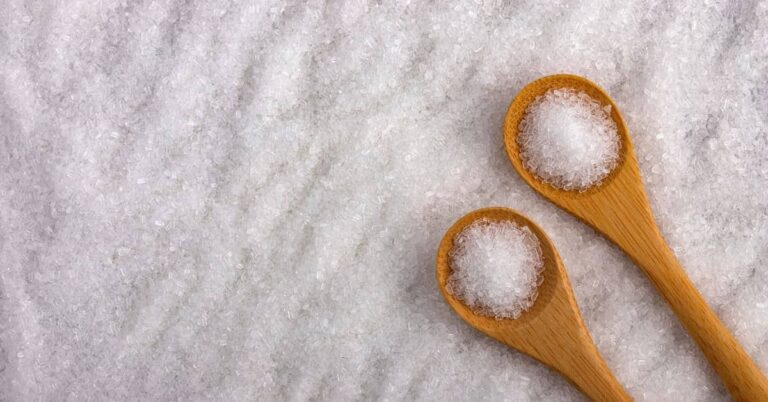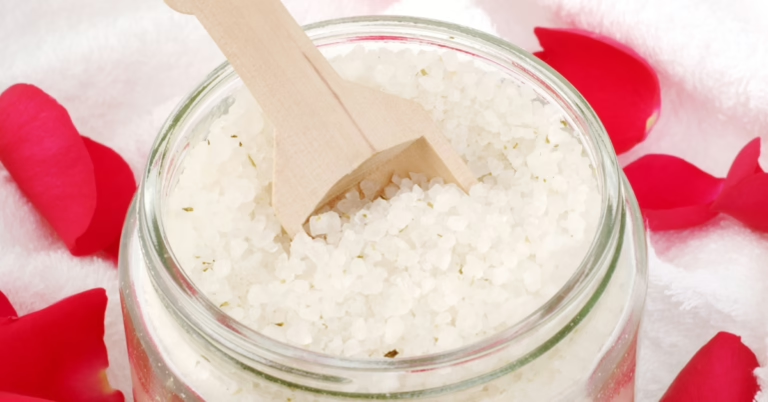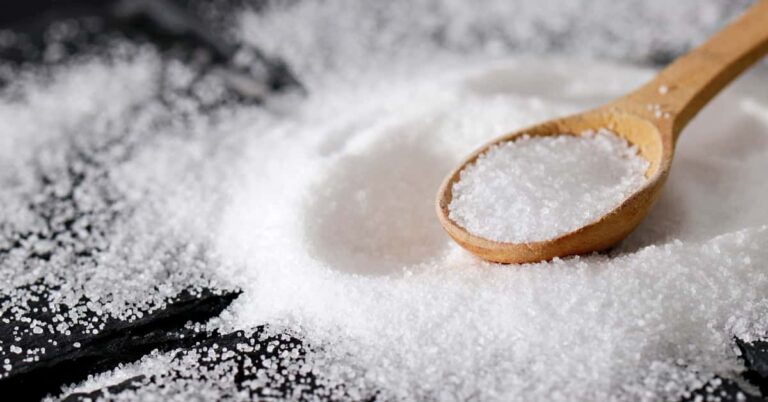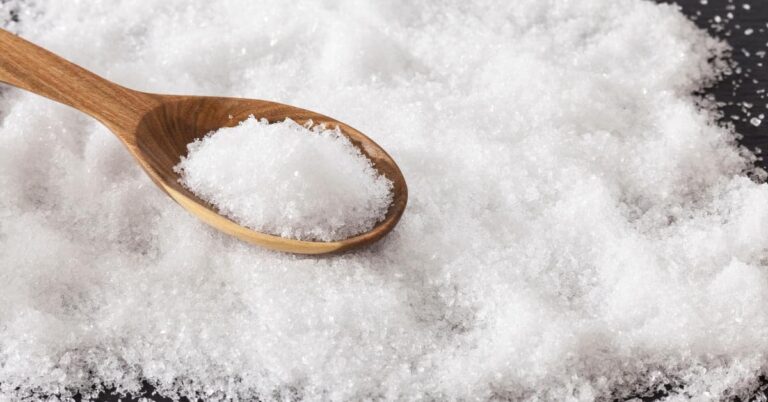Epsom Salt for Plants
Epsom salt isn’t just for relaxing baths—it can work wonders in your garden too! For plants that require magnesium, such as roses, tomatoes, and peppers, Epsom salt delivers essential nutrients for optimal growth. Research by the National Gardening Association indicates that roses treated with Epsom salt grow bushier and produce more flowers, while pepper plants grow larger than those only provided with commercial fertilizers.
When Should You Use Epsom Salt for Plants?
Epsom salt is highly effective in soils with a magnesium deficiency, which you can confirm through a soil test or by observing visual cues. Common signs that your plants need magnesium include yellowing leaves (especially between the veins), curling leaves, stunted growth, and fruits that lack sweetness. If you notice these symptoms, Epsom salt could be the key to reviving your garden.
How to Use Epsom Salt for Best Results
Proper usage of Epsom salt is essential to achieving the desired results in your garden. Here are some recommendations from the Epsom Salt Council:
- Houseplants: Mix 2 tablespoons of Epsom salt per gallon of water and apply monthly.
- Roses: Use 1 tablespoon per foot of plant height every two weeks. You can also add a tablespoon to the hole at planting time.
- Tomatoes, peppers, pansies, and petunias: Apply 1 tablespoon per gallon of water per plant every two to four weeks during the growing season.
- Evergreens, azaleas, and rhododendrons: Apply 1 tablespoon per 9 square feet every two to four weeks, focusing on the root zone.
- Trees: Use 2 tablespoons per 9 square feet over the root zone three times a year.
Which Plants Don’t Benefit from Epsom Salt?
While some plants thrive in magnesium-rich soil, not all do. Vegetables like beans, peas, lettuce, and spinach can grow well in soil with low magnesium levels and may not benefit from the addition of Epsom salt. In fact, adding Epsom salt in these cases may hinder calcium absorption, negatively affecting plant health. Always ensure a soil test or observe clear signs of deficiency before using supplements like Epsom salt.
Can You Sprinkle Epsom Salt Directly on Plants?
You can sprinkle Epsom salt directly on soil before planting. However, for established plants, it’s best to dilute the Epsom salt with water. Mix the recommended amount with water and spray directly onto the plants. For lawns, you can use a spreader and follow up with thorough watering.
Common Questions About Using Epsom Salt for Plants
- Which plants benefit from Epsom salt?
Many houseplants, roses, garden crops like tomatoes and peppers, as well as evergreens and trees, benefit from magnesium found in Epsom salt. - Does Epsom salt kill weeds?
No, Epsom salt is a fertilizer, not a herbicide. It promotes plant growth, including that of weeds. - How much Epsom salt should I use per gallon of water?
For houseplants and garden crops like tomatoes and peppers, 1 to 2 tablespoons per gallon of water is recommended.
